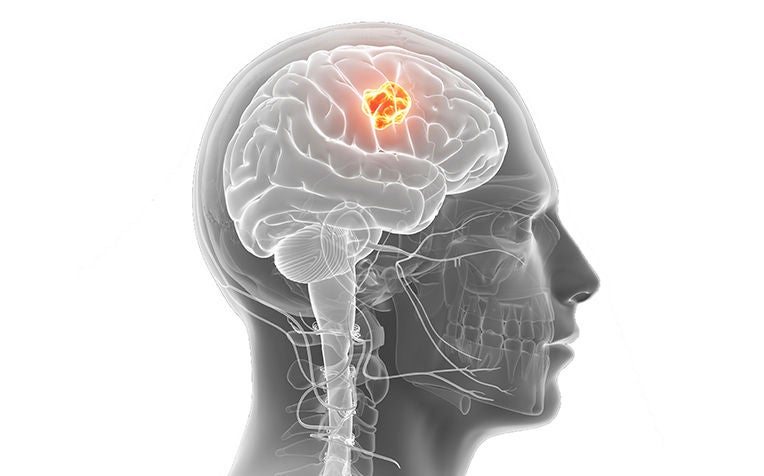
Not all tumours in the brain are cancerous.
A tumour, which is a mass of abnormal cells, can be either benign (non-cancerous) or malignant (cancerous). Brain cancer is diagnosed only when the tumour is malignant, spreading aggressively and invading adjacent areas in the brain and destroying the normal cells. A benign tumour typically remains localised but can still cause harm by compressing adjacent brain structures.
“A brain tumour doesn’t always originate in the brain. A tumour can develop in another part of the body and spread to the brain,” says Professor Ng Wai Hoe, Senior Consultant, Department of Neurosurgery at the National Neuroscience Institute (NNI), a member of the SingHealth group.
A tumour that originates in the brain is called a primary brain tumour, and one that originates elsewhere and spreads to the brain is called a secondary or metastatic tumour. Secondary brain tumours are cancerous and are unfortunately more common than primary ones.
How do you get a brain tumour?
The exact cause of a primary brain tumour is unknown. A secondary brain tumour is caused by cancer spreading from another part of the body. Doctors have identified some risk factors for developing a primary brain tumour. These risk factors include:
- Age: The risk for brain tumour typically increases with age. People over the age of 65 have a higher risk.
- Race: Caucasians are more prone to developing a brain tumour.
- Gender: Males are prone to brain tumours.
- Exposure to ionizing radiation: Radiation therapy for treating cancers such as leukaemia, and radiation exposure from atomic bombs.
“Genetic conditions such as neurofibromatosis and Li-Fraumeni syndrome increase your risk of developing a brain tumour and brain cancer. However, these account for a very small percentage of cases”, adds Prof Ng.
Mobile phones, power lines and microwave ovens have NOT been proven to be risk factors for developing a brain tumour.
BRAIN TUMOUR SYMPTOMS
Common brain tumour symptoms include:
DIFFERENT TYPES OF PRIMARY BRAIN TUMOURS
Diagnosing Brain Tumour
Treating Brain Tumour
- Surgery: The tumour can be entirely or partially removed, depending on its size, location and the risk involved. One advanced surgical procedure is awake craniotomy, performed while the patient is conscious. It is used to reduce the risk of neurological damage when the tumour is located in a critical brain region. “Surgery is the first line of treatment if the tumour, or part of it, can be safely removed. With current state-of-the-art technology such as advanced imaging, neuronavigation and intra-operative imaging, the safety of surgery has improved considerably,” says Prof Ng.
- Radiation therapy: High-energy beams such as x-rays are used to destroy the tumour. Radiation therapy can be external (conventional radiation) or internal (brachytherapy).
- Radiosurgery: Multiple precision radiation beams are focused on a small area of the tumour to shrink it or stop it from growing. Radiosurgery is non-invasive and painless, and usually done as an outpatient procedure.Doctors at SGH have been using the Novalis Shaped Beam Surgery machine to carry out radiosurgery for brain cancer patients since May 2007. “This treatment is particularly suitable for high-risk inoperable brain tumours. As it spares the surrounding healthy tissue, it reduces side effects from 20-30 per cent to 1-2 per cent,” says Prof Ng.
- Chemotherapy: Drugs are administered in pill form or intravenously to destroy tumour cells.
- Targeted drug therapy: Drugs focus on specific abnormalities within the tumour cell to destroy the entire cell.
Side effects of brain tumour treatment
Contributed by

















 Get it on Google Play
Get it on Google Play